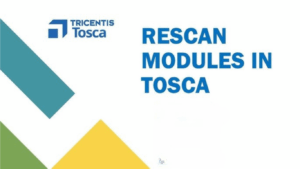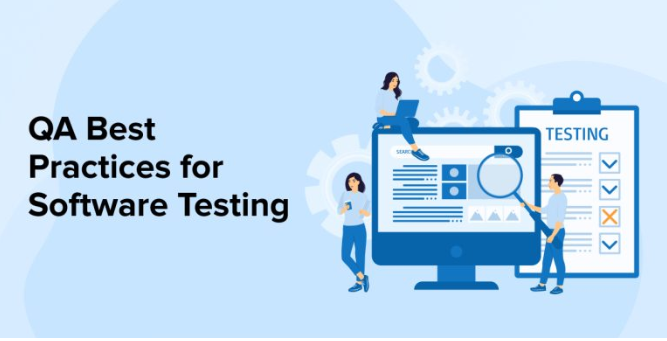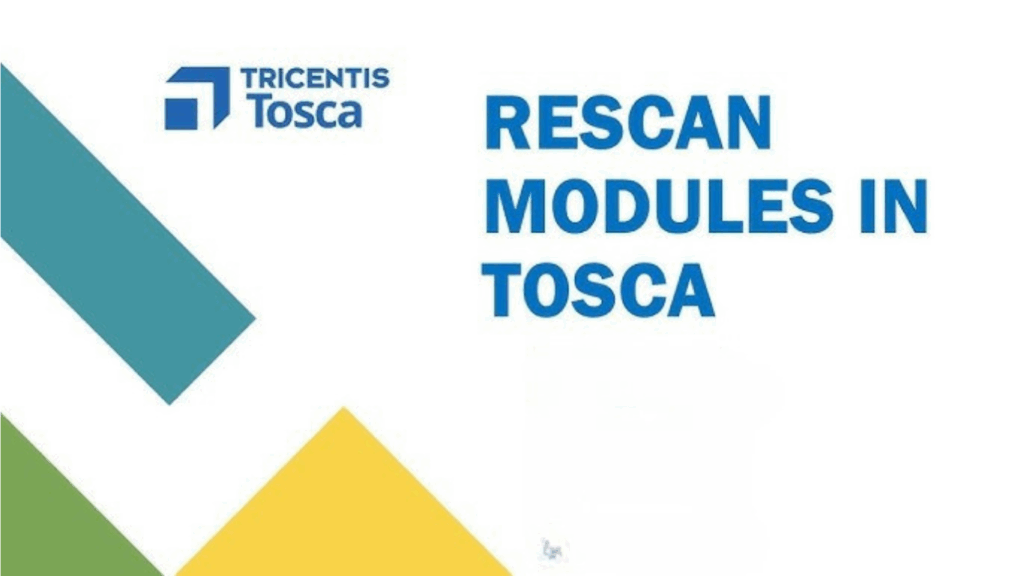Website evaluation methods don’t need to be complex. Our goal here is to use the web to achieve a well-defined purpose. An evaluation method verifies if the process is on the right track. These methods will work whether our goals are profit or non-profit. But my goal in writing
This post was to lay out a practical strategy for organizations with websites that are not designed to pull the dollars but to serve other purposes.
How is this guide structured?
Before we evaluate, by understanding our website’s purpose
Choosing the evaluation method
Method 1-External Analytics
Method 2-User Experience Evaluation
Method 3-Conversion Evaluation
Before we evaluate and understand our website’s purpose, we have to ask some basic questions about the website’s purpose
- What are you trying to accomplish?
- Who are you trying to serve?
What are we trying to accomplish?
Most of the time a website is only one small part of a larger puzzle. Maybe we run a small consultancy and work with clients. Our goal is to find new clients and keep our clients happy. Our website is not our business, it’s just the way potential clients get to know your services. It also might be the way potential clients learn that we exist. Maybe we sell a software product, offer photography services, or fundraise for a regional non-profit.
Who is trying to serve?
There are chances where we are trying to reach more than just one type of person. Some people are more valuable than others. What type of person is your primary audience? Next what size audience are trying to serve with our website? Are you trying to reach millions or just a handful of people? If the primary audience is small and known then we don’t worry all that much about showing up on Google.
Choosing the evaluation method:
Here we are going to take through three different methods. Each one has its place and ultimately we might want to mix the two.
What are the main differences?
Method 1 – External Analytics
Method 2 – User Experience Evaluation
Method 3 – Conversion Evaluation
The first method is something that we call external analytics:
This method utilizes datasets and indicators often used for search engine optimization. The biggest benefit of using this approach is data that can be accessed without the support of the web host. Because of that, we can leverage data from comparison sites in a way Google Analytics-based approach cannot.
The second method is something we call user experience:
As the name implies this method leverages evaluation approaches commonly used during the user experience design process. While these methods are often used during the website design process, they are also incredibly useful in providing ongoing formative feedback.
The third method is something we call conversion evaluation
This is a version of the methods most commonly applied by marketing agencies. It utilizes social media stats, newsletters stats, and google analytics data. It tends to be good when we already have a defined content strategy likely to be based on a marketing funnel.
Criteria for websites:
There are some criteria to deal with the content of websites. They are:
- Authority- Authority reveals that the person, institution, or agency responsible for a site has the qualification and knowledge to do. Evaluating a website authority
- Authorship-It is clear who developed the site.
- Contact information must give an email address, snail mail address, phone number, and fax number.
- Purpose- The intention of information given on the site should be clear. Some sites are known to inform, execute, state an opinion, and entertain something or someone. Evaluating a website includes
- Does the content assist the purpose of the site?
- This is information that is geared to a specific audience
- Is this site organized and focused?
- Are outside links appropriate for the site?
- Coverage
It is hard to analyze the extent of coverage since the depth in a site, by the use of links can be infinite. One author may claim just one aspect of a topic
- Does the site accept to be selective or comprehensive?
- Are the topics explored in depth?
- By Comparing the value of the site’s information compared to other similar sites.
- Currency
The currency of the site refers to
1) how current is the information shown
2) How the site can be updated? It is significant to understand when a site was created when it can be last updated and if all of the links are current. Evaluating a website for currency is
Always First written, placed on the web, last revised.
Questions
- What are the methods to evaluate the website?
- What are the criteria for a website?


































One Response